Tesla Pickup, Compact SUV All Part of Elon Musk's New Master Plan

Tesla CEO Elon Musk’s vision for his company’s future covers all the automotive bases, from personal vehicles to commercial trucks and transit fleets.
In a blog post on Tesla’s website, Musk spelled out the steps of his “Master Plan, Part Deux” — a long-term update of his previous decade-long business plan. With the Model 3 on the way in late 2017, the old plan has come to an end, so the company’s founder is looking for other things to power with electricity.
Tesla has big plans to partner with SolarCity on solar energy, but the company is an automaker first and foremost. With this in mind, the company plans to plug the holes in its lineup, offering a new small SUV and a pickup to cover remaining market segments.
Musk didn’t provide a timeline for the future vehicles, which isn’t surprising. Getting the Model 3 into production and clearing its huge reservation list will keep the company busy for at least the next two years. Design work might go on in the background.
The plan goes further than just cars and trucks, with heavy-duty trucks and an urban transit system being another goal.
“Both are in the early stages of development at Tesla and should be ready for unveiling next year,” Musk wrote. “We believe the Tesla Semi will deliver a substantial reduction in the cost of cargo transport, while increasing safety and making it really fun to operate.”
As for the transit system, Musk fleshed out a vision he first mentioned at a Norwegian transportation summit in April:
With the advent of autonomy, it will probably make sense to shrink the size of buses and transition the role of bus driver to that of fleet manager. Traffic congestion would improve due to increased passenger areal density by eliminating the center aisle and putting seats where there are currently entryways, and matching acceleration and braking to other vehicles, thus avoiding the inertial impedance to smooth traffic flow of traditional heavy buses. It would also take people all the way to their destination.
Musk said he plans to continue development of the Autopilot system, moving it from a semi-autonomous driving aid to a fully autonomous system — the kind that would allow an occupant to sleep or read a book. His goal is to offer a system that’s 10 times safer (per miles driven) than the fleet average.
The CEO shot back at critics who want the current Autopilot system removed from Tesla vehicles. As he’s done before, Musk pointed out the number of miles driven on Autopilot and the many updates to the system.
“It would no more make sense to disable Tesla’s Autopilot, as some have called for, than it would to disable autopilot in aircraft, after which our system is named.”
Autonomous driving would allow Tesla to roll out a planned ride-hailing service, which would use privately owned vehicles as the fleet. Owners could earn money to counter the cost of the vehicles, Musk claimed, which is a dream come true for people who wish their car would pay for itself.

More by Steph Willems
Latest Car Reviews
Read moreLatest Product Reviews
Read moreRecent Comments
- Probert They already have hybrids, but these won't ever be them as they are built on the modular E-GMP skateboard.
- Justin You guys still looking for that sportbak? I just saw one on the Facebook marketplace in Arizona
- 28-Cars-Later I cannot remember what happens now, but there are whiteblocks in this period which develop a "tick" like sound which indicates they are toast (maybe head gasket?). Ten or so years ago I looked at an '03 or '04 S60 (I forget why) and I brought my Volvo indy along to tell me if it was worth my time - it ticked and that's when I learned this. This XC90 is probably worth about $300 as it sits, not kidding, and it will cost you conservatively $2500 for an engine swap (all the ones I see on car-part.com have north of 130K miles starting at $1,100 and that's not including freight to a shop, shop labor, other internals to do such as timing belt while engine out etc).
- 28-Cars-Later Ford reported it lost $132,000 for each of its 10,000 electric vehicles sold in the first quarter of 2024, according to CNN. The sales were down 20 percent from the first quarter of 2023 and would “drag down earnings for the company overall.”The losses include “hundreds of millions being spent on research and development of the next generation of EVs for Ford. Those investments are years away from paying off.” [if they ever are recouped] Ford is the only major carmaker breaking out EV numbers by themselves. But other marques likely suffer similar losses. https://www.zerohedge.com/political/fords-120000-loss-vehicle-shows-california-ev-goals-are-impossible Given these facts, how did Tesla ever produce anything in volume let alone profit?
- AZFelix Let's forego all of this dilly-dallying with autonomous cars and cut right to the chase and the only real solution.
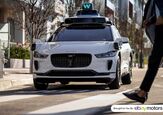
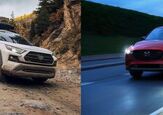
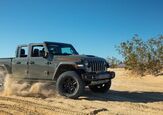













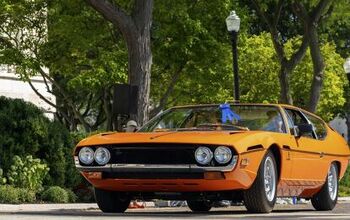
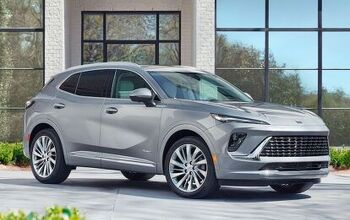
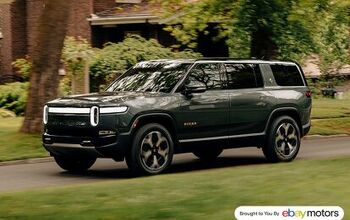
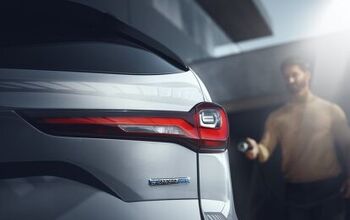
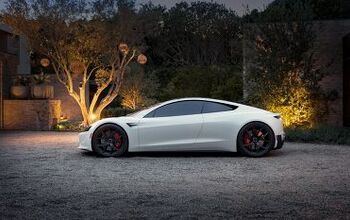
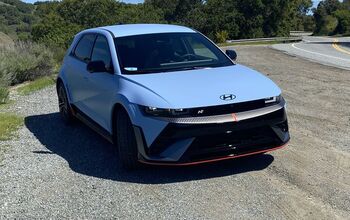
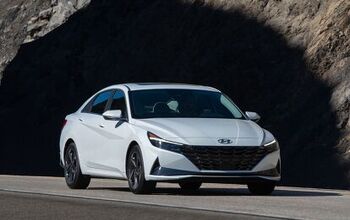
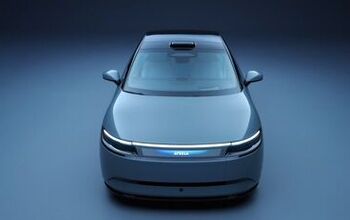
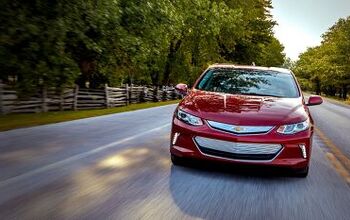
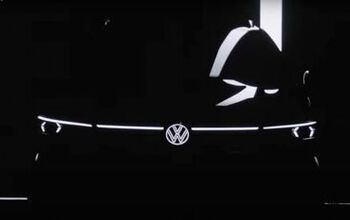
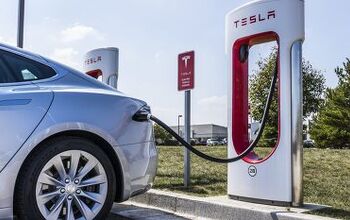

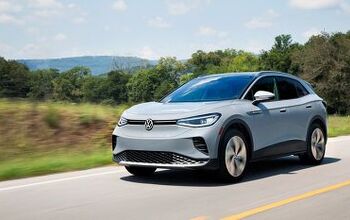

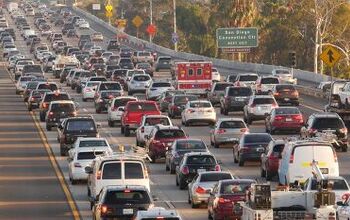
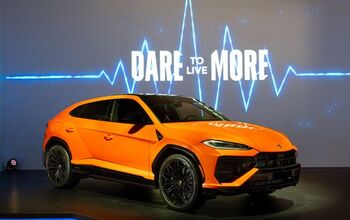
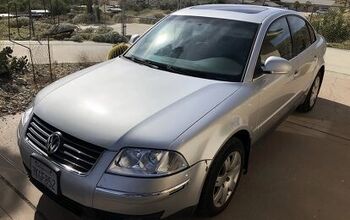
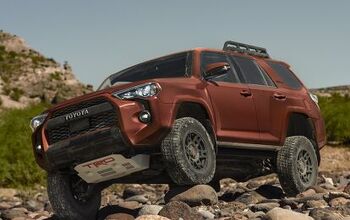
Comments
Join the conversation
Stock price getting soft? Just add vaporware!
Tesla may find niche markets around the world. Fracking and $50 oil will ruin the EV in most major markets for the next 20 years.